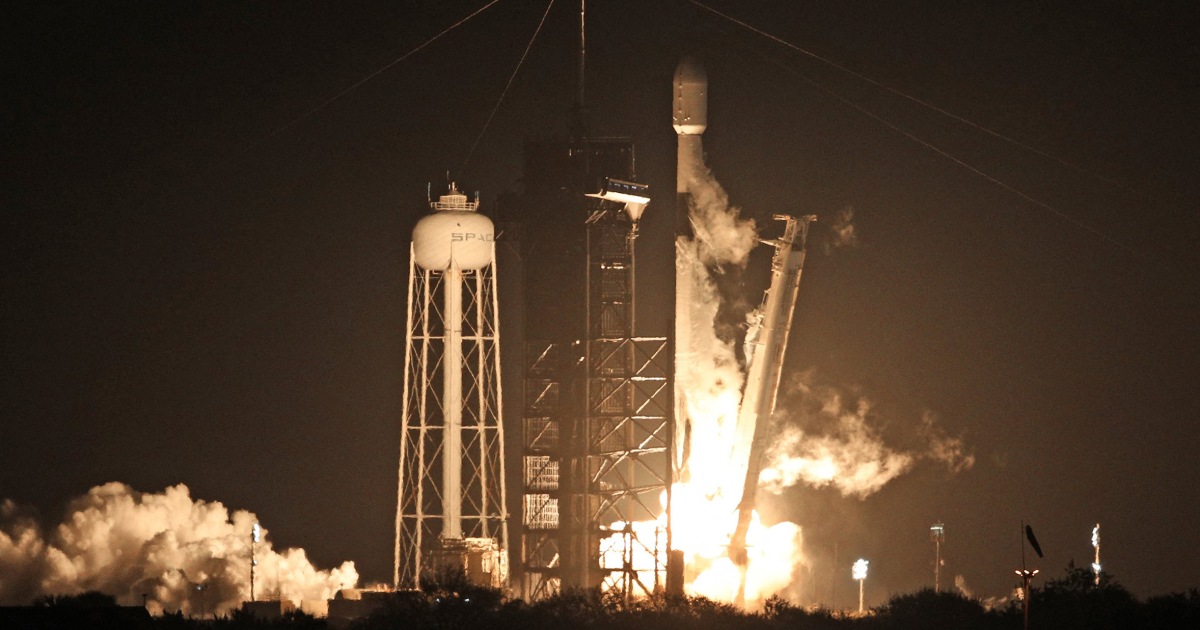Good news for astronauts: there is still more water than expected on the Moon, trapped in the form of ice in a multitude of micro-craters, which represents a potential resource for future space missions, according to two studies published on Monday.
The Moon has long been seen as a desperately arid star, until 2008, when researchers discovered water molecules inside magma brought back by astronauts from the Apollo missions.
It is water ice, trapped at the bottom of large craters perpetually in the shade, near the poles, where temperatures are extremely low.
A study published in Nature Astronomy reveals the existence of a multitude of micro-craters retaining water ice at their bottom, called "cold traps".
“Imagine yourself on the Moon, near one of its poles: you would see a myriad of small shadows speckling the surface, most of which are smaller than a coin.
Each would be extremely cold, enough to shelter ice, ”describes Paul Hayne of the Department of Astrophysics at the University of Colorado in the United States.
His team used data from two instruments from NASA's lunar reconnaissance orbiter, LRO.
By combining these measurements with 3D models, they were able to reproduce the size and distribution of shadows, at scales smaller than a millimeter.
The temperatures there would be the same as in the large craters: around -160 ° C.
But they are much more numerous: "there are tens of billions, against a few hundred for the largest," explains Paul Hayne.
Adding them to the areas already identified, the total area of water on the Moon would reach 40,000 km2, of which 60% in the South Pole, "suggesting that water is more widespread on the Moon than we thought", explains to AFP this researcher, main author of the study.
Asteroids at the source
Another study, also published in Nature Astronomy, further provides chemical proof that it is indeed molecular water.
The Stratospheric Observatory for Infrared Astronomy (SOFIA) Airborne Telescope has provided new data, thanks to the observation of the Moon at a more precise wavelength than before - at 6 microns instead of 3. And for the first time, researchers were able to clearly distinguish the H2O molecule (the chemical formula of water) from another chemical compound (hydroxyl, OH) with which it is mixed.
But where does this water come from?
Probably from the fall of asteroids that struck the Moon billions of years ago - the same source, it is believed, as for Earth.
The water molecules ejected during the fall of these bodies would have fallen to the bottom of these craters, where they remained "trapped forever" by the cold, explains Francis Rocard, solar system specialist at the National Center for Space Studies ( CNES).
If we can develop extraction techniques, this would represent a potential resource for future space missions, including the Lunar Gateway, the future mini-station that will be assembled in lunar orbit.
For future manned missions to Mars for example, one could imagine "taking off from Earth, stopping at the + service station + that will be the Lunar Gateway, from which probes would be sent on the lunar surface to collect water. , and thus refuel the crew making the trip to Mars, ”continues Francis Rocard, who did not participate in the studies.
"This would lower the cost of the program, because it is cheaper than taking water from the surface of the Earth," said the French astrophysicist, stressing that the trip to Mars lasts six months.












